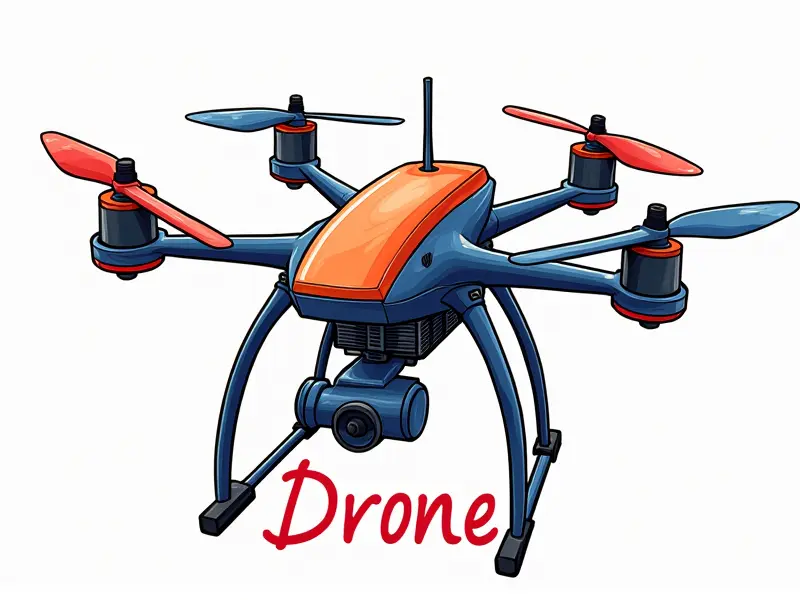How to tune RC servos?

Mastering RC Servo Tuning Basics
Tuning your remote control (RC) servos is a critical step in ensuring optimal performance for your RC models. Properly tuned servos provide precise and responsive control, enhancing the overall flying or driving experience. This article will guide you through the essential steps to achieve this precision.
Understanding Servo Basics
An RC servo consists of a motor, gears, and a potentiometer that work together to move the control surfaces on your model. The potentiometer measures the position of the output shaft relative to its neutral point, allowing for accurate positioning.
Tips for Perfecting RC Servo Performance
Perfect servo performance is crucial for smooth and reliable operation. Here are some tips:
- Choose the Right Servo: Select a servo that matches your model's requirements in terms of torque, speed, and size.
- Check Connections: Ensure all connections between the receiver and servos are secure to prevent signal loss or interference.
- Battery Quality: Use high-quality batteries for your transmitter and receiver to maintain consistent power supply.
Easy Steps to Tune RC Servos Accurately
Tuning your servos accurately involves several steps. Here’s how you can do it:
- Neutral Position: Adjust the servo trim on your transmitter until the control surface is in its neutral position.
- End Points: Set the end points to ensure full travel of the servos without binding or excessive play.
Maximizing RC Servo Efficiency: A Tutorial
To maximize servo efficiency, follow these steps:
- Reduce Friction: Lubricate moving parts to reduce friction and improve performance.
- Optimize Gear Ratio: Adjust the gear ratio if necessary for better torque or speed.
The Art of Fine-Tuning RC Servos
Fine-tuning your servos involves making small adjustments to achieve optimal performance. Here are some techniques:
- Micro Adjustments: Make slight changes in trim settings for precise control.
- Dual Rate: Use dual rate settings to adjust the range of servo movement based on flying conditions.
Quick Guide to RC Servo Calibration
Calibrating your servos ensures they operate correctly within their specified range. Follow these steps:
- Neutral Setting: Set the neutral point of each servo accurately.
- End Points: Adjust end points to prevent binding and ensure full travel.
Essential Tricks for RC Servo Adjustment
Here are some essential tricks to adjust your servos effectively:
- Use a Servo Tester: A servo tester can help you diagnose issues and fine-tune settings.
- Check for Binding: Ensure there is no binding or excessive play in the control linkages.
Achieving Precision in RC Servo Control
Precision in servo control can be achieved through careful setup and adjustment. Here’s how:
- Trim Settings: Fine-tune trim settings for each channel to eliminate deadband.
- Servo Reversal: Reverse servos if necessary to match the direction of control surfaces.
Step-by-Step RC Servo Tuning Tutorial
This step-by-step tutorial will guide you through tuning your RC servos:
- Neutral Position: Set each servo to its neutral position using the transmitter.
- End Point Adjustment: Adjust end points for full travel without binding.
- Trim Fine-Tuning: Make micro adjustments in trim settings for precise control.
Beginner's Guide to RC Servo Setup
If you're new to RC servos, here’s a beginner-friendly guide:
- Understand Basics: Learn about the components and functions of an RC servo.
- Follow Instructions: Refer to your model's manual for specific setup instructions.
Optimize Your RC Servos Today
Tuning your RC servos is a continuous process that requires patience and practice. By following the tips and techniques outlined in this article, you can optimize your servos for peak performance and enjoy an enhanced flying or driving experience.

